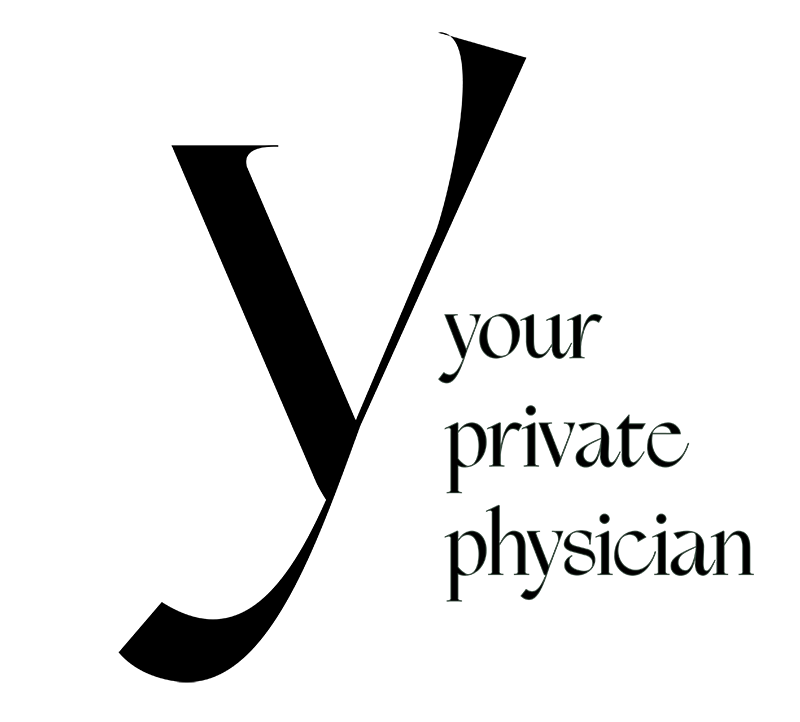The medical term for sleeping with the eyes open is nocturnal lagophthalmos. Up to 20 percent of people are affected. One reason that it happens is problems with the facial nerves or muscles that make it difficult to keep the eyes fully closed. It can also occur because of problems with the skin around the eyelids.
If people keep their eyes open while sleeping, their eyes can dry out. Without enough lubrication, the eyes are more susceptible to infections and can become scratched and damaged.
People may experience the following:
- redness
- blurred vision
- irritation or a burning sensation
- scratchiness
- sensitivity to light
- feeling as if something is in the eye or rubbing against it
- poor sleep quality
Most people realize they have slept with their eyes open because another person tells them they have done so.
What are the treatment options?

Up to 20 percent of people may sleep with their eyes open.
There are several treatment options.
A doctor might also prescribe medications, including:
- eye drops
- artificial tears
- ophthalmic ointments to help prevent scratches
A person can also wear moisture goggles at night, which can help.
These work by moisturizing the eyes during sleep. Sleeping with a humidifier in the bedroom can also keep the surrounding air moist and less likely to dry out the eyes.
A doctor may recommend using an external eyelid weight. This is attached to the outside of the upper eyelids to keep them closed. Applying surgical tape to the eyelids also serves the same purpose.
Another option is surgery, though this is usually only recommended for severe cases.
Surgery for nocturnal lagophthalmus
There are multiple surgeries that can treat lagophthalmos.
In one type of surgery, a gold surgical implant is inserted into the eyelid that works like an eyelid weight to keep the eye closed while someone is sleeping.
This surgery involves making a small incision on the outside of the eyelid above the lashes. This creates a small pocket where the implant is inserted. The implant is held in place with stitches, which seal the pocket.
Antibiotic ointment is applied to the eyelid to help it heal. As a result of the surgery, a person may experience:
- swelling
- discomfort
- redness
- bruising
These symptoms should reduce over time as the eyelid heals.
Causes of nocturnal lagophthalmos?
People usually sleep with their eyes open because of a problem with the facial muscles, nerves, or skin around the eyelids.
Paralysis or weakening of the muscle that closes the eyelids, known as the orbicularis oculi, can cause someone to sleep with their eyes open.
Conditions that can cause muscle weakness or paralysis of the facial nerves include:
- Bell’s palsy
- stroke
- tumor
- autoimmune diseases, such as Guillain-Barré syndrome
- a rare neurological condition called Moebius syndrome that affects the muscles controlling facial and eye movement
Trauma, injury, or surgery can also result in damage and paralysis to facial muscles and nerves.
Infections can be less common causes, and these may include:
- Lyme disease
- mumps
- chickenpox
- polio
- leprosy
- diphtheria
- botulism
Graves’ ophthalmopathy, where the eyes bulge or protrude, can also make it difficult to close the eyes.
Very thick upper or lower eyelashes may also prevent the eyelid from closing completely, though this is rare.
There is not always a reason or underlying condition that causes nocturnal lagophthalmos. It may also be genetic.
How is it diagnosed and is it bad for vision?

A doctor may use a slit lamp to examine the eyes.
If someone suspects they have nocturnal lagophthalmos they should visit their doctor.
A doctor will ask whether any recent trauma or illness could be the cause, how long symptoms have been going on for, and when symptoms are at their worst.
If a doctor believes nocturnal lagophthalmos is the cause of the symptoms, they will see what happens to the eyelids after they close.
They will observe the eyes for a few minutes to see whether the eyelids begin to twitch or open.
Other tests a doctor may perform can include:
- measuring the space between the eyelids
- measuring the amount of force used to close the eyes when blinking
- a slit lamp exam, using a microscope and bright light to examine the eyes
- a fluorescein eye stain test to see if the eye has been damaged
Complications
It is possible that serious problems may occur if the eyes become dry or dehydrated. These include:
- loss of vision
- eye infections
- risk of scratching the eye
- exposure keratopathy where the outermost layer or cornea is damaged
- corneal ulcer where an open sore develops on the cornea
